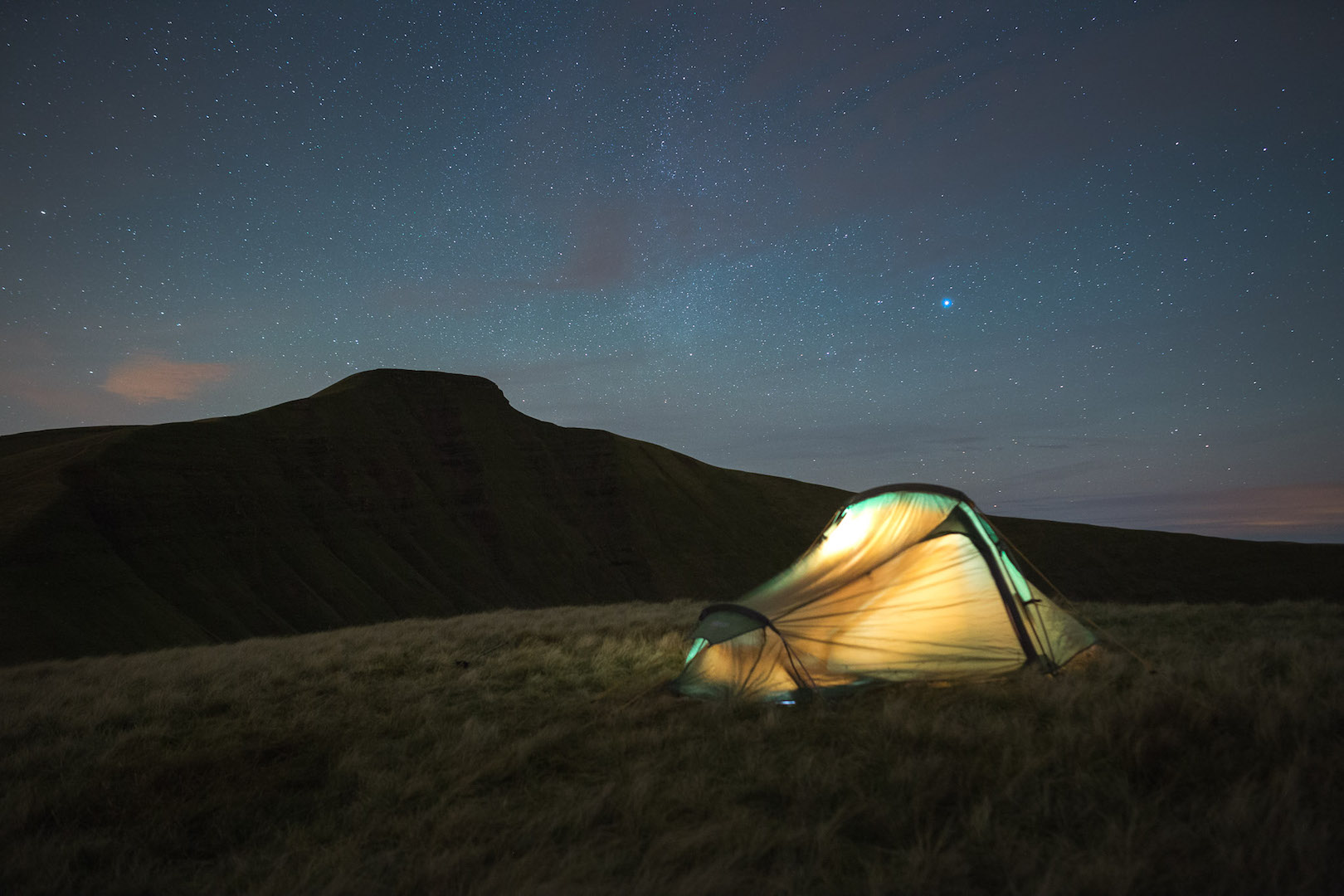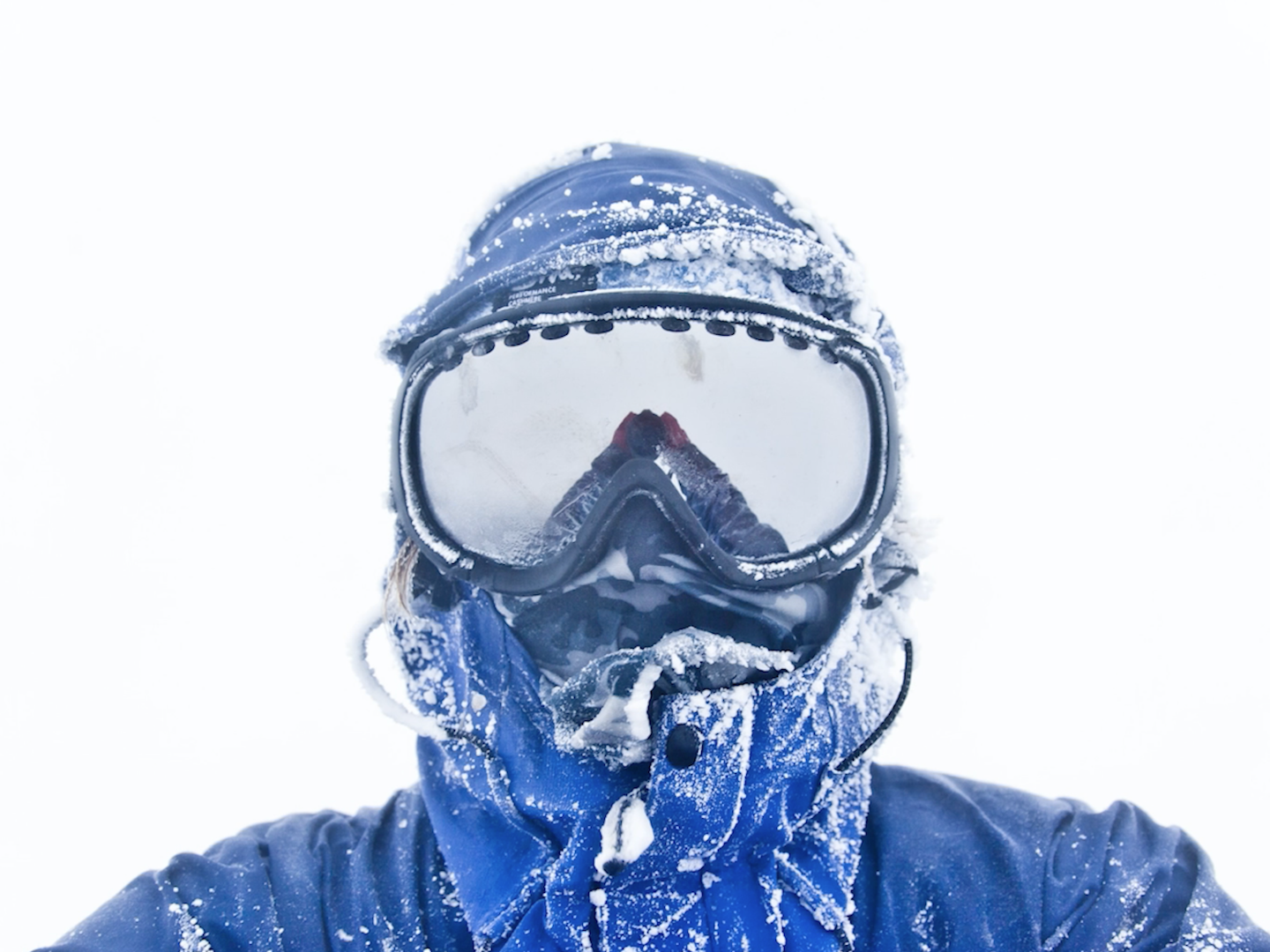Winter is my favourite time for taking photos of the landscape, but while the short days bring low golden light and long evocative shadows, and the weather dusts peaks with a frosting of photogenic snow, there are also struggles and challenges.
Over several expeditions through Scottish winters, and more abroad, I have been fortunate to capture hundreds of images portraying fleeting moments of beauty, scattered between countless days in blizzards, gales and mist. In the process I have destroyed two cameras, shattered lenses, broken filters and filled countless memory cards. So here are a few tips so you can avoid the accidents, and get the most of a winter day behind the lens.
For the purpose of this article, I will focus solely on shooting in the mountains and introduce five quick tips rather than getting all too technical as this is after all a predominately hillwalking website, not a photography one.
Batteries
In the modern age of digital film, cameras have a greater struggle with the cold, it is no longer a frozen shutter that stops a shoot, but a battery dying. Like ourselves, to keep a camera, or a smartphone alive we must wrap it up and take good care of it in the cold.








